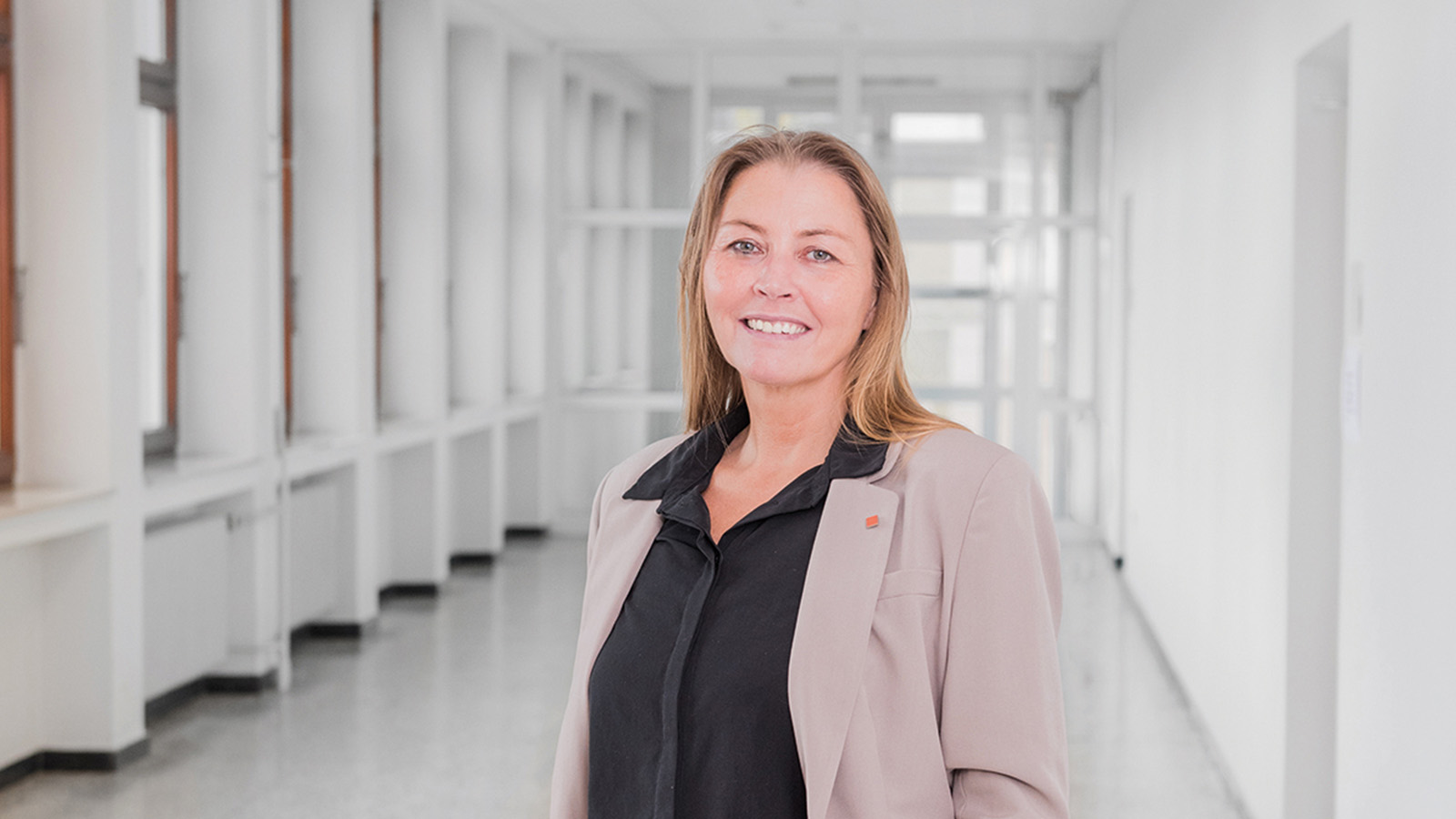
It is people who have made the Ruhr metropolitan region what it is today. And it is people who will shape the Ruhr valley of tomorrow. One leading light in the transformation is Sabine Sachweh.
Professor Sabine Sachweh was twelve when she learned programming. That was 42 years ago, and technologies and software systems have developed massively over the intervening decades. And during this time, Sachweh has helped shape software development as well. Partly because the digital world offered and still does offer so many creative possibilities, and partly because there was, and still is, something new to discover every day.
After all, she says her curiosity and her delight in discovering, testing, analyzing, and shaping have been significant factors that continue to fire her enthusiasm for her chosen profession.
Responding to our questionnaire, Sabine Sachweh explained how her professional work is helping shape the transformation in the Ruhr metropolitan area.
My professional title is Professor of Applied Software Engineering and Spokesperson for the Institute for the Digital Transformation of Application and Living Domains (IDiAL).
My work is concerned with optimizing the development of software for developers, suppliers, operators, and users. For example, we are working on development tools to make it easier for software developers to design their software in such a way that users further down the line can easily implement their right to privacy.
What I find most exciting about my research is the fact that I’m working at the interface between humans and technology. In particular, I’m interested in how shaping technological development can be used to ensure that people are able to benefit from it securely and with confidence.
For me, transformation means discovering the new things, identifying risks, sounding out areas where there is scope for shaping development, and leveraging further potential – the goal being to develop viable, forward-looking solutions to new challenges.
I’m helping shape the transformation (in the Ruhr valley) through my research by working with colleagues at the Institute to devise approaches, methods, and technical toolboxes for a successful digital transformation in the working and living environment. This is particularly exciting when dealing with public sector topics such as the smart city. For example, we are currently working with partners to find a solution that will allow people visiting a city in electric vehicles to access private charging points.

Without my Institute’s research it would not be possible to implement many concepts and projects, especially in relation to trust in the use of new digital technologies. We are creating opportunities to use digital technologies to leverage potential, even in areas in which such use has initially been greeted with skepticism.
For me, my profession is a vocation and a hobby rolled into one. Quite simply, it’s what interests me the most, and what I love doing the most.
To me, collaborating with other scientific institutes in the Ruhr valley is incredibly enriching. The region has such a high concentration of universities and researchers that close personal collaborations with a great many outstanding colleagues can be arranged quickly and easily.
For me, the Ruhr valley is a region in which many challenges can be explored right away and nearby – in real-life conditions, as it were. The experience of structural transformation and the hands-on mentality of the people here are creating an astonishing wealth of opportunities for productive collaboration with some extremely interesting partners.
Header: Fachhochschule Dortmund, Matthias Kleinen